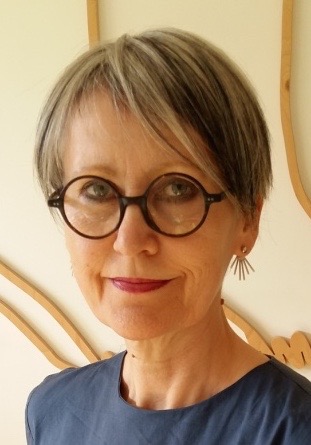The Death of an Art Practice
- Elise V Allan

- Jun 10, 2020
- 3 min read
First published February 2018

There can be periods in our lives where our creative output stops and it feels like more than the usual creative block. It’s over. We feel we’ll never make work again. It’s excruciating when people ask us, however well intentioned, if we’re still painting or making work.
Creativity is often a roller coaster, but these times are different in intensity and duration. The most painful death throes in my practice occurred about eleven or twelve years ago. I had been making very structured paintings for some time. Then there was an exciting year as the work began to evolve into something more ambiguous, mysterious and layered. A solo exhibition went well. But I’d already begun to slow down. I was struggling to produce a painting every two months or even longer. And I didn’t like any of them. Much of what I produced during that time ended up in the bin, or being recycled. It was bleak.
I’m stubborn. I don’t like giving up. But what to do when you can’t continue forward? It can be retracing your steps. It can be starting again from ‘the beginning.’ It can be despair and grieving. It can be going on a detour, without knowing where it’ll take you. It can be a mixture.
Around the beginning of my barren period, Liz Lochhead, who later became the Scots Makar (National Poet), was the writer in residence at Glasgow School of Art, and I was able to attend some of her workshops. She was amazingly generous and inspirational. I struggled to write poetry, but it was a good struggle, and in the process I was able to access parts of myself that painting wasn’t reaching.
And it also occurred to me that I could look up Sankai Juku, and Carlotta Ikeda, Japanese Butoh dancers I’d seen in the (pre-world wide web) eighties, whose performances had affected me profoundly. I had felt those performances in every cell of my body and they had touched emotions I couldn’t even name. I was now learning to become a little more present in my body, albeit when sitting still, and I sensed the possibility of learning presence in movement.
I then found there were Butoh courses not only in Japan, but also in Denmark and in the Himalayas. But I was a married mother with a job. I was also an unfit middle-aged couch potato, so becoming a dancer was not really on the cards. So I danced in secret, my only clue being phrases gleaned from those distant teachers. The celebration of ugliness as well as beauty in Butoh gave my ungainliness allowance and a feeling of a little magic being possible.
A conversation arose amongst my work colleagues; what would we all do if we moved out of our own specialism? My answer was that, if I was free, I would train as a Butoh dancer in the Himalayas. My colleagues were not familiar with Butoh, but two weeks later, one of them asked if I knew that there was a Butoh workshop being held in Glasgow. I didn’t. I recall meeting with obstacles when I tried to book by phone or online, and so I walked, sometimes running, two miles to their office to book my place. The class, it turned out, was being taught by the brilliant Lindsay John, who had trained with Kazuo Ohno, one of the original two founders of Butoh.
I didn’t become a dancer. But the class, and subsequent classes and workshops supported the reorientation I had begun to intuit. “When you find yourself thinking”, Lindsay would say, “Cut it, and begin again.”
My structured paintings had taken me into my head. Butoh brought me back into my gut, and into my feet. Three years after my painting practice had begun to die, a new painting practice began, and I learned to dance again with my paintbrush.




Comments